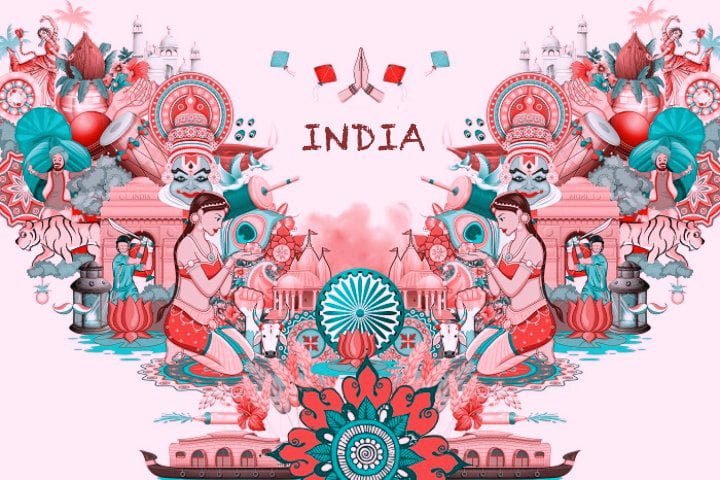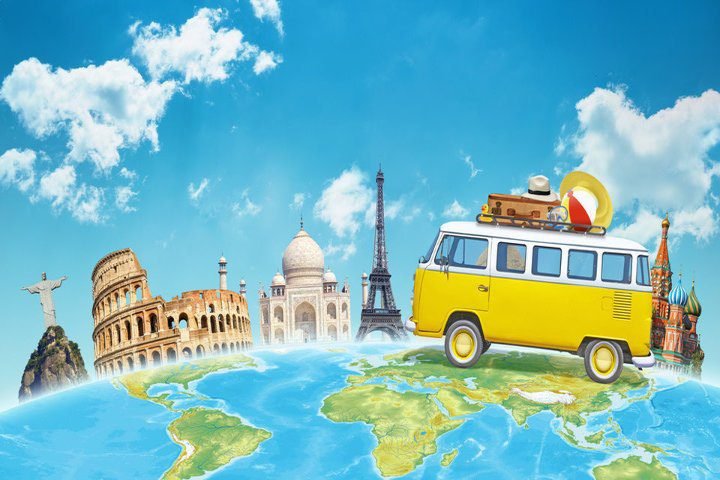Characteristics of Indian Culture
India is a vast country with a lot of diversity in its social environment, with people speaking different languages, having different religions, and practicing different rituals. The diversities can also be seen in food habits, dance and music, and dress patterns.
In This Article
India is a nation of different races, ethnic backgrounds, and religious beliefs. The composite and dynamic character of Indian culture results from the rich contributions of all these diverse cultural groups over a long period of time.
Indian culture has an enduring character. The pattern of a house in an Indian village is not very different from that of a Harappan house, which flourished in the Indian subcontinent over 4500 years ago.
Some aspects of Harappan culture are still practiced, such as Mother Goddess and Pashupati worship.


Dynamic Nature of Indian Culture
The continuity and change in Indian civilization have gone hand in hand while keeping the basic spirit intact through all these transformations. It has kept on discarding what was becoming irrelevant in the modern age.
The vastness of the country and the variation in its physical and climatic features are obvious reasons for the variety.


India is home to many world religions, like Hinduism, Jainism, Buddhism, and Sikhism.
Variety in our culture is due to the intermingling among various ethnic groups. Various ethnic groups like Iranians, Greeks, Kushanas (Central Asia), Shakas (from Central Asia invaded Afghanistan, Pakistan, and North West India), Hunas (Himalayan Tribes), Arabs, Turks, Mughals, and Europeans also came to India, settled here, and intermixed with the local population.
The people from other cultures brought their cultural habits, thoughts, and ideas, which were amalgamated into the existing culture.
Before the second century BC, Indians wore unstitched clothes. The Kushanas, Shakas, and Parthians brought stitched clothing to India, such as salwars, kurtas, etc. The Europeans brought more shirts, trousers, skirts, etc.
Cultural exchange between different regions is also prominent in India. The Bhangra dance of Punjab, the Pongal of Tamil Nadu, or the Bihu dance of Assam all celebrate a good harvest of crops.
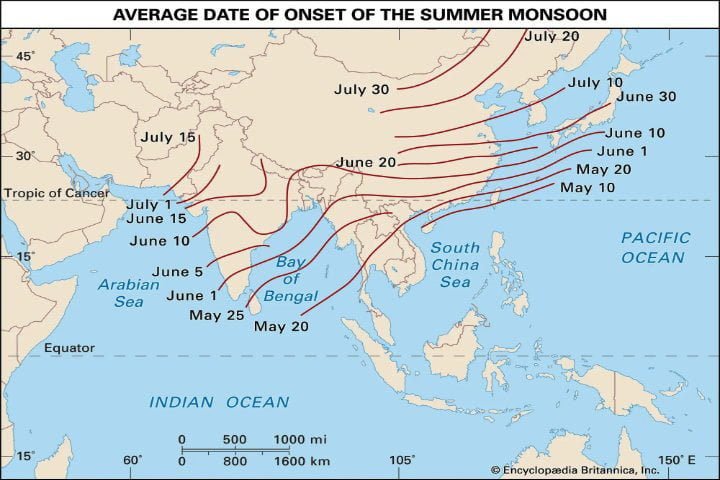

Another unifying factor is climate. The system of monsoons is the most important component of the Indian climatic pattern, and this gives unity to the whole country.
Secular Outlook of Indian Culture
The secular character of Indian culture results from intermingling people belonging to diverse cultural groups over a long period of time. Hindus, Muslims, Christians, Sikhs, Buddhists, Jains, Parsees (followers of the Iranian prophet Zoroaster), and Jews live in India.
With the Forty-second Amendment of the Constitution of India enacted in 1976, the Preamble to the Constitution asserted that India is a secular nation. Everyone is free to profess, practice, and propagate any religion of his or her own choice.
The state has no official religion, and it treats all religions equally. No one is to be discriminated against based on religion.
In the Western context, the development of secularism meant the complete separation of the church and the state. In India, secularism is taken as a more positive concept to cope with the complex social structure in the country and protect the interests of all, particularly the minorities.
Materialistic and Spiritualistic Nature of Indian Culture
India is a land of spirituality; however, materialistic and non-materialistic cultural developments have continued.
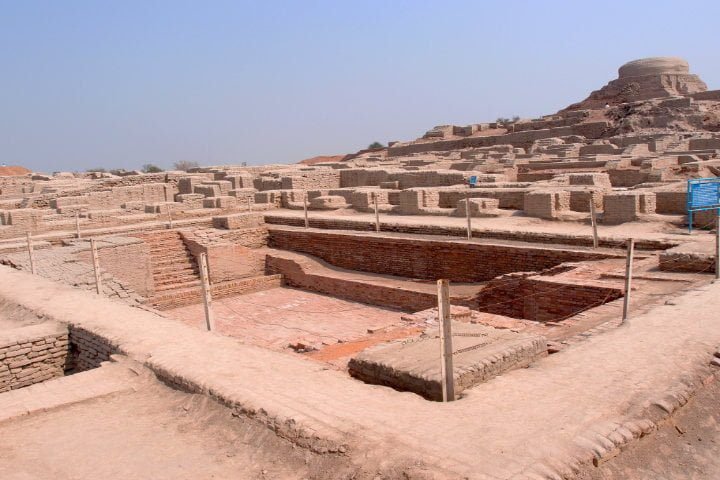

The Harappan civilization was an urban one. It had systematic town planning, an elaborate drainage system, profound knowledge of mathematics, weights, and measures, and a well-placed external trade system. Harappans traveled across the seas to trade with the Sumerians.
In contrast to Europe, Indians made discoveries of theories like “the earth is round” or “the earth rotates around the sun” without encountering any opposition or resistance from religious or other viewpoints.
In philosophical thought, even atheistic thinking developed and grew in India. For example, Jainism and Buddhism are silent about the existence of God, yet they flourish side by side with Hinduism.
Cultural Identity, Religion, Region, and Ethnicity
Indian cultural identities are based on various factors, such as religion and region. As a result, each Indian possesses multiple identities.
One of these identities asserts itself at a certain point in time and prevails over the others, depending on the political, social, or economic context in which the person finds himself or herself.
Therefore, each person may have some things in common with another but may be vastly different in some other aspects. For example, except for belief, worship and rituals may differ vastly.
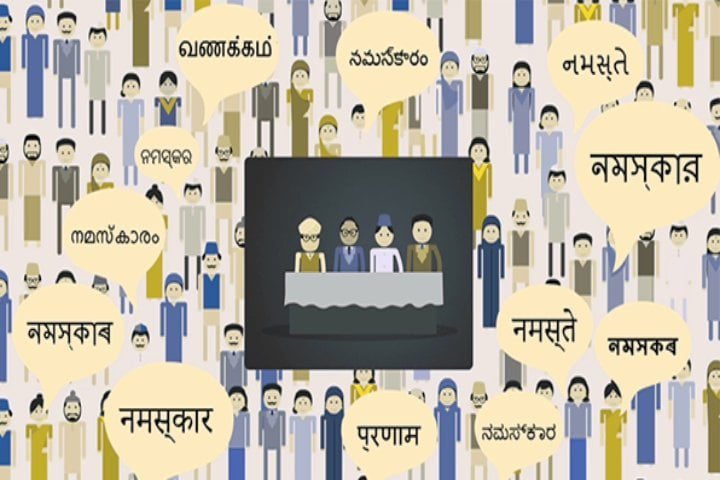

Culturally, Hindus are not all similar, nor are all Muslims. The Brahmins in Tamil Nadu are quite different from their counterparts in Kashmir. Similarly, Muslims in Kerala and Uttar Pradesh differ in several aspects of their culture.
Regional identities are more fundamental in Indian culture. In Bengal, both Hindus and Muslims take pride in being Bengalis. In Mumbai, Ganesh Puja is celebrated across the religion.
Cultural Influences in India
There are at least three significant influences on Indian culture. They are:
- Westernization: Influence of Western culture
- Emergent national cultural styles specific to the time period
- Popular culture: product of mass media, impact of films
Popular culture, the product of mass media, is another unifying factor. The impact of films has been tremendous. Radio and television also reshape images and attitudes. Their hold on us is undeniable. Modern media has promoted issues that are of both traditional and public interest.
Indian cuisine is the most sought-after expression of Indian culture, even beyond its boundaries. A gastronomic delight, it reflects the country’s diversity.
From the fiery spices of the South to the aromatic flavors of the North, each dish narrates a culinary saga, binding people through the love of food.

